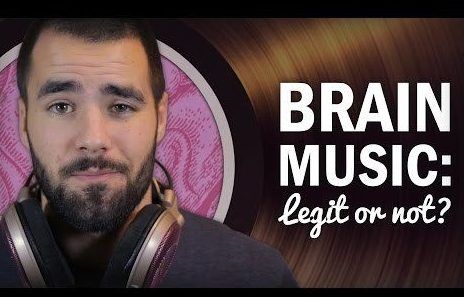- in Meditation , Mental Health by Tony
Benefits Of Binaural Beats.

To put it in a short little phrase, binaural beats are like exercises for the mind. It’s because they are known to help with memory, mood, cognition, and in the treatment of diseases connected to the brain, like Alzheimer’s and dementia.
More...
When put like that, it sounds too good to be true, right?
But then, why haven’t we heard about binaural beats until only recently?
There are some people in the medical fields such as neurology who might know a bit about it when it comes to Alzheimer’s disease, that some Clinical Psychologist treat patients based on binaural beats and brain entrainment.
Sound therapy like binaural sounds, is a wonderful healing force that is used in so many cultures across the world. It works in its own spheres, even controlling Nature.
Many people believe in and swear by meditation and mindfulness – which have been shown to reduce high beta levels in the brain, to allow it to function at a more relaxed pace.
You can teach your brain to be more relaxed via entrainment.
When people are in more relaxed and meditative states, improved mood, memory, and cognition follow.
Getting down to binaural beat therapy simply

Using binaural beats technology is really easy. When people talk about binaural beats, it might sound high-tech and complicated, but bottom line is, it’s placing some headphones over your ears, sitting back and pushing the ‘play’ button on, from whichever device suits you best.
That’s in a nutshell. But actually, understanding what it is and how it can be of benefit to you is a little bit harder for many people to understand.
Most people have heard the word, ‘frequency’ when it comes to music, so maybe this is a good place to start when it comes to binaural beats. It is because the science behind binaural beats is frequency – we will look at how you can benefit from the technology of binaural beats; how your brain responds to the frequencies and certain combinations.
What is meant by frequency?
It is the number of times sound waves cycle between the negative and positive brainwaves or vibrations, per second. Frequencies are measured in Hertz (Hz) and each cycle is measured in Hertz. As humans, our hearing capacity is measured in hertz too, so low noises we will hear at around 20 Hz, or we can hear up to very high frequencies, such as 20,000 Hz.
You can get frequencies which go even beyond these measurements, but they are out of human audibility range.
Somebody figured it out
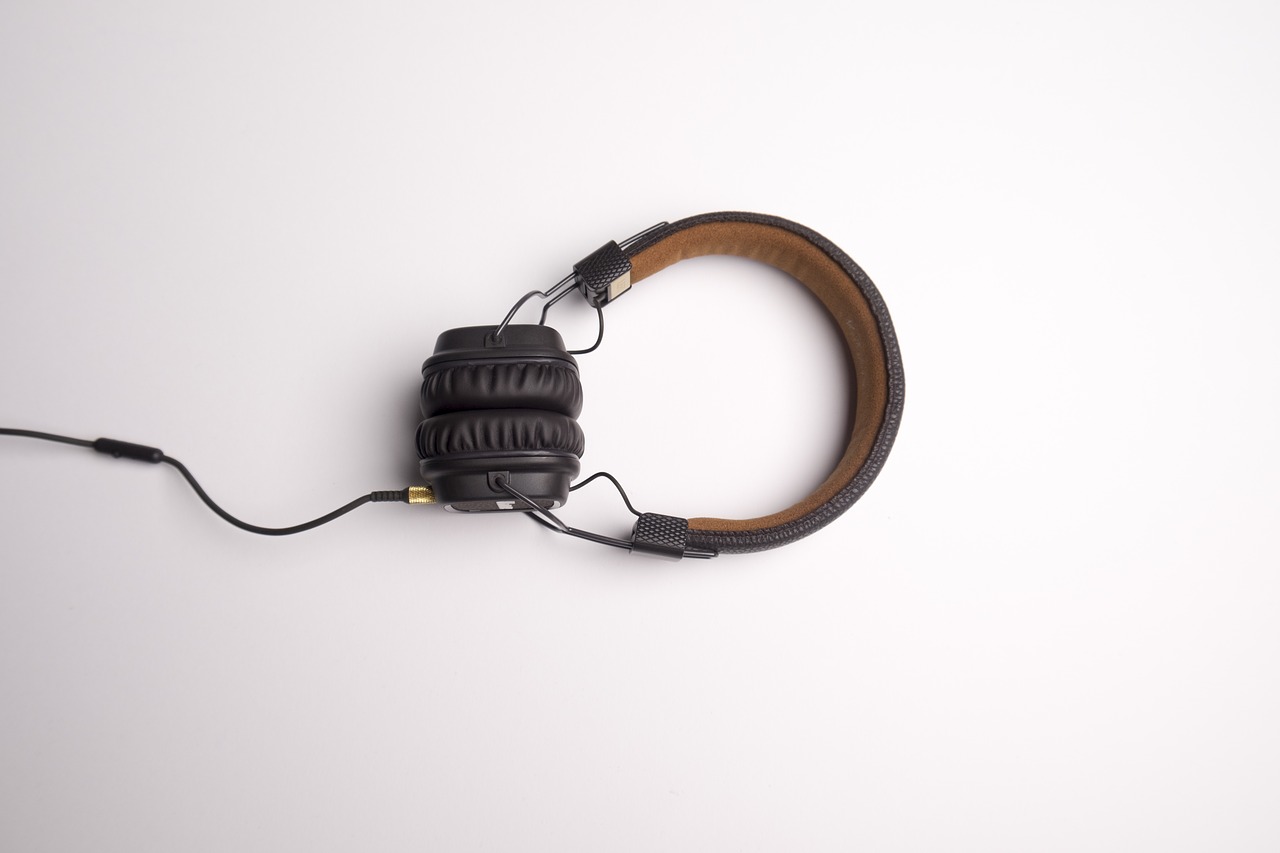
We all love nature and the sounds it makes; the sound of thunder, ocean waves pounding on the beach, the gentle flow of a river – what about a symphony concert?
These melodic sounds make us conscious of the relationship, the connection between the body and mind. In the 1600s, Christian Huygens, a Dutch scientist noticed two clocks with pendulums hanging together.
He noticed the synchronization of the pendulums regarding their speed and angles. If he moved one of the clocks to another wall, there was no synchronization.
He realized that the vibrations on the shared wall were what “communicated” the two clocks, that they re-entrained themselves back on the same wall, back to the same pattern of movement and speed of the other clock.
Humans, like those clocks, also have rhythms present in our own bodies, present in our hearts, and our brains. So it was figured that if we introduce an external rhythm that vibrates our body or our auditory system, we will also experience the entrainment the clocks did – it’s called brainwave entrainment.

Entraining the brain
If you know binaural beat therapy, you know that two separate tones are heard in your ears. That’s what the word binaural means - “having two ears.” Each of your ears will receive a slightly different frequency, all at the same time.
That means that each tone will be at a slightly different frequency as you listen through your headphones. When you hear the two tones together through your left and right ear, your brain listens and perceives these tones as ‘music beats’, audible to your ears.
The difference in the frequency between the two tones being heard is what is called binaural beats. Your brain picks up the difference in the tones, and then ‘trains’ itself to ‘hear’ the difference between the frequencies to which it is listening.
And this process is called ‘frequency following response’. For the ‘music beats’ to be noticed though, the tone frequencies need to be below 1,000 Hz.
Also, the difference between the two different frequencies must also be less than 30 Hz, or equal, for this effect to occur.
If not, then the two tones will be heard separately in your ears and the brain won’t perceive any beat. So if a frequency of 200 Hz was sent to your left ear and 205 Hz to your right ear, there’s a difference of 5 Hz between your ears.
This is the binaural beat; it is the frequency that your brain will follow along to. When a person’s brainwaves are at 6 Hz, then the person can experience a lot of calm and feel a deep sense of relaxation.
There is even a name for this.
It’s called the Theta State.
four major types of brainwaves:
Beta: These brainwaves are associated with high levels of alertness and arousal. When beta brainwave patterns dominate, we’re primed to focus and concentrate, to make decisions and think analytically. When you’re analyzing an issue at work, you’re probably in a beta-dominant state. Beta waves are fast, with a higher frequency (between 15-40 hertz). At the higher levels of this range, beta waves are associated with anxiety.
Alpha: Alpha brainwave patterns are associated with a state of wakeful relaxation. Slower and lower in frequency (between 9-14 hertz), alpha waves are dominant when we’re calm and relaxed, but still alert. Alpha waves are associated with states of meditation (your yoga class probably puts you in an alpha state), and also with our ability to be creative.
Theta: This brainwave pattern is associated with deep relaxation and with some stages of sleep, including the lighter stages of non-REM (NREM) sleep. REM sleep itself is mostly composed of beta wave and other activity that’s similar to an alert, waking brain.
Deep meditation produces theta waves, which are slower and lower frequency (between 5-8 hertz) than Alpha waves. That murky barrier between sleep and wakefulness, when you’re drifting in and out of sleep, and your thoughts feel dreamlike and difficult to remember?
That’s a theta-dominant state of consciousness.
Delta: If you’ve been reading this blog for a while, you’ve heard me talk about slow-wave, delta sleep. Delta waves are slow, low-frequency brainwaves (between 1.5-4 hertz) that are the dominant brainwave pattern of deep (stage 3 and 4), NREM sleep.
As you can see, the faster (and higher frequency) the brainwave pattern, the greater your state of arousal. The slower and lower frequency brainwaves are, the deeper your state of relaxation—or sleep.
Sound affects brainwaves
What scientists have observed for decades is that exposure to sound waves can affect brainwave patterns. In a process called entrainment (aka “tuning the brain”), when exposed to sound waves at certain frequencies, brainwave patterns adjust to align with those frequencies.
This is one way scientists think binaural beats work—by exposing the brain to beats that create low-frequency tones in the brain, these sound waves create shifts in brainwaves themselves, generating slower frequency brainwaves that promote deeper states of relaxation.
How binaural beats might improve sleep
Your brainwave activity during sleep is largely distinct from your brain activity when you’re awake. (REM sleep is one exception to this—during REM, your brain is active in ways very much like when you’re awake.) During non-REM sleep, the slower, lower frequency theta and delta waves dominate, compared to the alpha and beta waves that are prominent when you’re alert and active.
A therapy that slows brainwave activity, helping to produce low-frequency waves, is likely to aid relaxation and sleep. But it’s not only lowering brainwave frequency that binaural beats may offer to sleep and relaxation. A small study (19 people) has found that exposure to binaural beats is associated with changes to three hormones important to sleep and well being:
- DHEA
- Cortisol
- Melatonin
DHEA functions as a kind of master hormone, helping to produce other hormones in the body on an as-needed basis. DHEA is critical to immune function and disease protection. Particularly significant for sleep is that DHEA works to suppress cortisol, a hormone that stimulates alertness and provokes stress at elevated levels.
The study found that 68 percent of participants had increases to DHEA after using binaural beats.
Cortisol is an arousal hormone, stimulating alertness and attention. Cortisol levels rise and fall in connection to circadian rhythms—cortisol levels rise to their peak levels first thing in the morning, just in time for you to be active for the day. Too-high cortisol levels are associated with insomnia, as well as more time spent in light sleep, rather than deep sleep.
The study found that 70 percent of participants experienced a reduction in cortisol after exposure to binaural beats.
Melatonin promotes and regulates sleep. Melatonin levels rise dramatically in the evening, and the hormone works to relax your body and mind, preparing you to fall asleep.
The study found 73 percent of participants had higher levels of melatonin after using binaural beats. The average increase was more than 97 percent.
In addition to potentially boosting sleep-promoting hormones, binaural beats may also reduce our perceptions of pain. A 2017 study found binaural beats used in combination with visual stimulation led to reductions in patients’ perception of acute pain. Other recent research showed binaural beats helped improve pain perception in patients with chronic pain.
This is good news on its own—and also promising news for sleep. Pain often interferes with sleep (and poor sleep can make pain worse). Reducing pain is one effective way to improve sleep.
Binaural beats for anxiety reduction
There’s a growing body of research suggesting that binaural beats can reduce different forms of anxiety, from mild to chronic. One especially interesting study looked at the effects of binaural beats on anxiety among patients preparing to undergo surgery—a life circumstance that is pretty anxiety provoking for most anyone.
Over a period of six months, patients spent 30 minutes on the day of their surgery listening to binaural beats. Compared to patients who listened to a soundtrack that did not include binaural beats—and patients who received no “beats” therapy at all—the binaural beat listeners experienced significantly greater reductions in their anxiety levels.
Another study looked at whether binaural beats help anxiety in patients preparing for cataract surgery, and found binaural beats led to reduced anxiety levels and lower blood pressure levels, before surgery.
Binaural beats to enhance cognition and creativity
Scientists are also looking at how binaural beats affect cognitive abilities, and whether this is a therapy that can be used to enhance cognitive functions such as learning, memory, focus, and creativity. Here’s some of what we know:
Research suggests that binaural beats can help working memory and long-term memory, and also strengthen connections among networks within the brain.
Attention may also be improved by using binaural beats, research shows.
Studies have shown binaural beats may affect levels of dopamine, a hormone that plays a broad role in cognition and a particular role in creative thinking.
This has scientists examining the possibility that binaural beats can be used to stimulate creativity. (If you’re looking to be more creative and innovative in your thinking, keep in mind that sleep itself is a powerful tool!)
Why headphones?
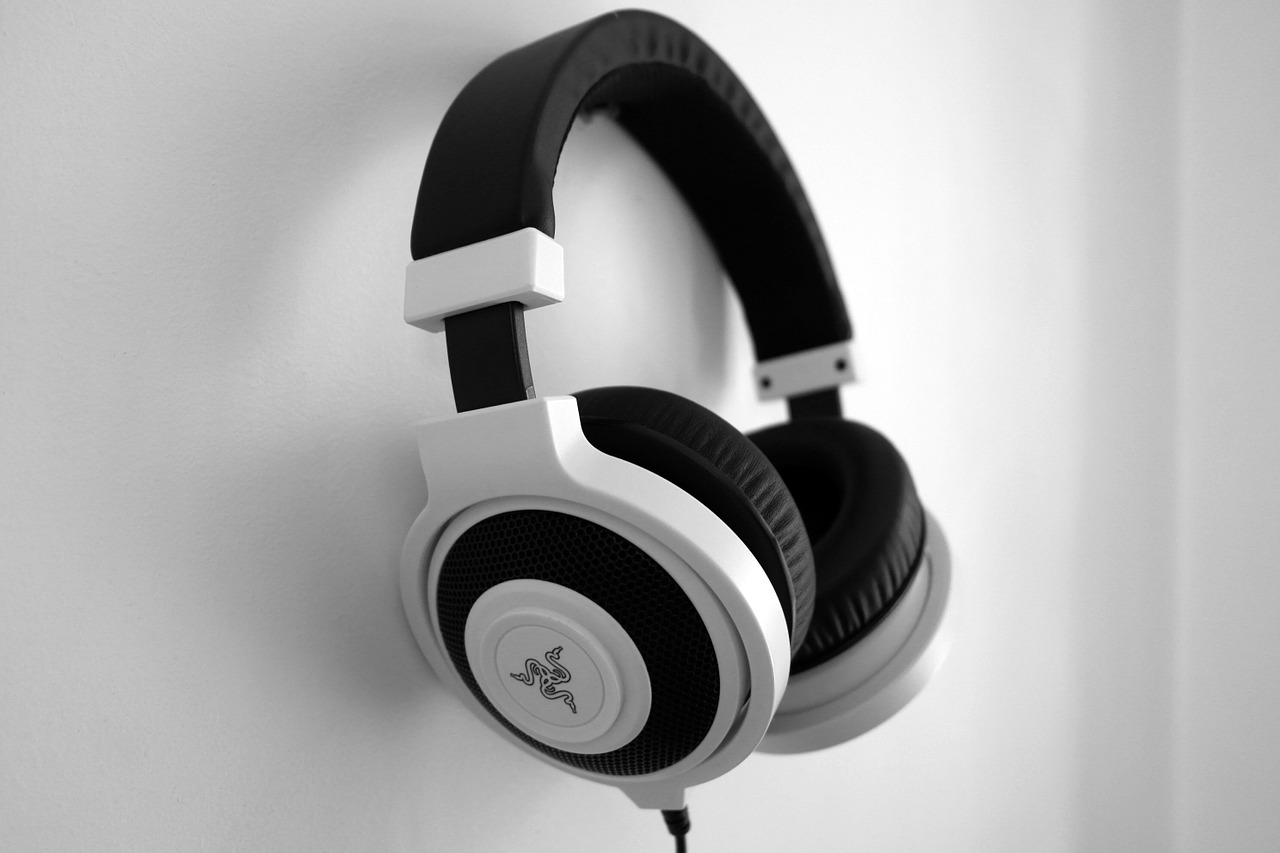
In order to trigger the whole frequency response process, the brain needs to pick up the right and left tones at the same time.
You could listen through your speakers if your head was positioned in the right way between the left and right speaker and if you were close enough, but then the effect would be reduced, compared to headphones.
Look how it works. When using both headphones, the sound in your ears will pulsate, meaning your brain is busy interpreting the tones, listening for that difference, the ‘third tone’, the binaural beat, and then adjusting and responding.
If you were to take one of the headphones off, you will notice the pulsating sounds disappear altogether, which means your brain is no longer ‘training’ itself or adjusting to the two different frequencies.
It’s productively building your brain
There is good news apparently, benefits to all this – call it brainwave entrainment.
It is said that if you can squeeze 20 or 30 minutes of your day doing binaural beating, it might be some of the best things you could have done.
What type of people use binaural beats anyway and why have some grown to love it? It is suggested that many different types of people use them and why?
It is because they derive benefits by using brainwave entrainment and binaural beats regularly. The whole purpose of this, the underlying benefit is to feel happier, more chilled, and sharper. Does it appeal to you, this fun way of becoming happier and more relaxed?
Lots of people want to know what it feels like to make use of binaural beats. This will determine which binaural beats to buy, and from whom do you buy?
You can listen on YouTube as well. There is a lot of marketing hype, price discrepancies, and different technologies – choose carefully.
Today, scientists and doctors do a lot of studying on people’s brainwave frequencies and they say that over the years, our brainwave frequencies depend on what our state of mind is, and our state of mind can vary because of our brainwave frequencies.
If you want to be motivated, alert, fully engaged mentally, then it makes sense that your brainwaves need to be in that high-frequency beta, higher than 15 Hz range. But if you are looking to be rested and calm, then the frequency range would need to be between 9 and 14 Hz.
If you need real relaxation and calmness, you need even lower frequency ranges of between 5 and 8 Hz or even the very lowfrequency range of between 1 and 4 Hz.
It’s like a form of meditation
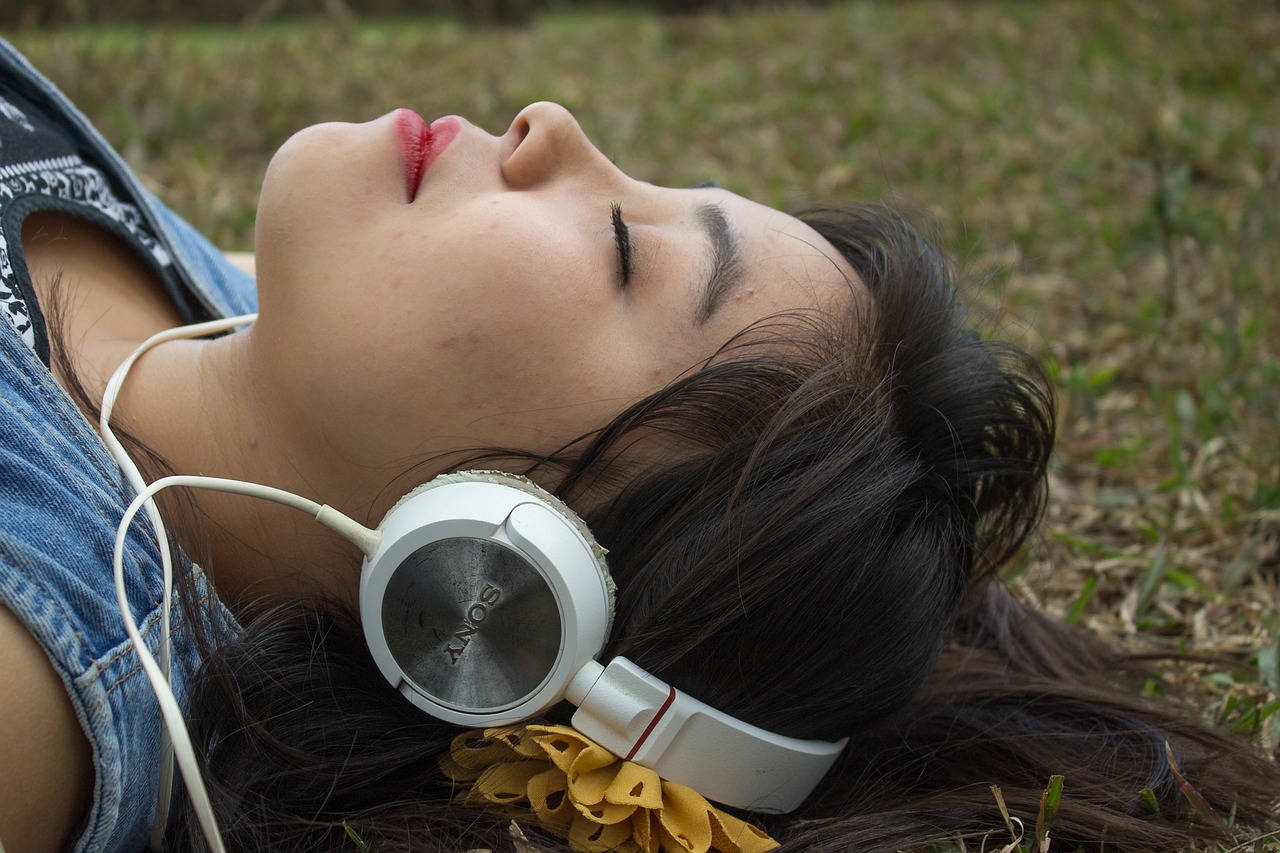
Our society style of living today is hectic, and most people when they investigate binaural download, they look for the calming, relaxing and meditating type audio sessions.
The beats, however, aren’t limited to a specific frequency range. There are varieties of binaural audio programs available to each of the difference brainwave frequency ranges.
Not only do they offer calm and relaxation, you can purchase binaural beats if you want to get energized. They work in exactly the same way.
Why do people love binaural beats so much?
Well, it is supposed to help those who swear by it; with their studying, their sleeping, their anxiousness, and more.
This is not really new technology – binaural sounds have been around a long time. Look at Heinrich Wilhelm Dove. In 1839, he discovered binaural beats. Around the 1970s, exciting ways of using the beats in a therapeutic way were being talked about and used.
Later, via the Monroe Institute, which was founded by Robert Monroe, research records produced showed that there are four top brainwave frequencies that occur in the brain naturally:
- Alpha frequencies, occurring at 8 Hz-13.9 Hz.
- Theta brainwaves, occurring at 4 Hz- 7.9 Hz.
- Beta frequencies, occurring at 14 Hz-30 Hz.
- Delta frequencies, occurring at 0.1 Hz-3.9 Hz.
All brainwave frequencies produce different functioning in the brain. Like when you are sleeping, then the brain is in the delta state, relaxed and quiet.
And when you wake up, the beta brainwaves become active and your mind will be at its sharpest then. Companies and other people today, produce music that will include one of the beats, so if you want to feel alert for instance, but at the time, you are feeling slow and sluggish, then you would listen to the beta brainwave frequencies.
What the idea is behind it is, is so that your brain is forced into that beta state of mind. The beta state of mind makes you feel more awake and alert.
This comes very useful for students and professionals who work long hours.
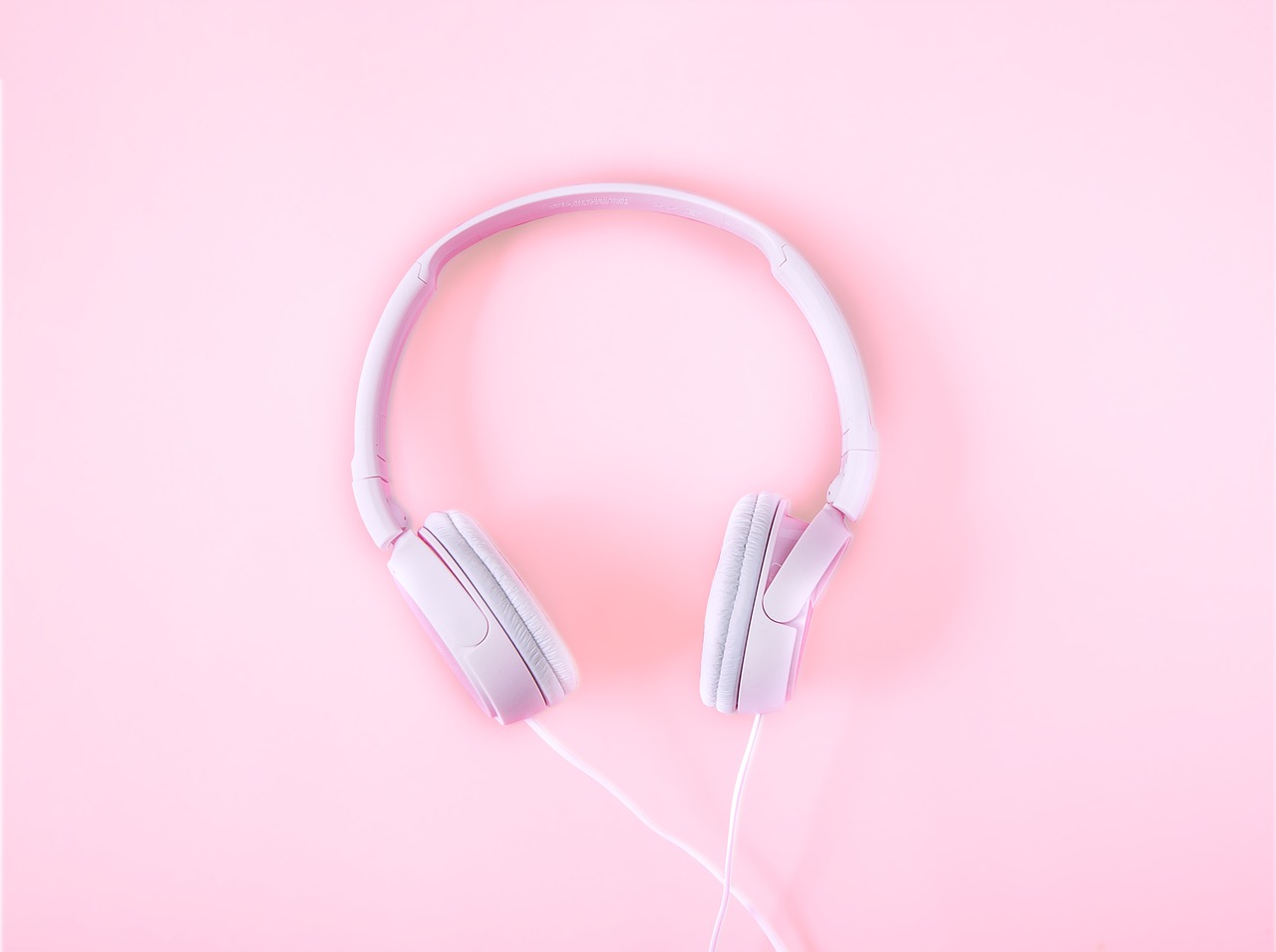
People have been known to ask, “But is it possible for the brain to be forced into these states?”
Well, it depends. If you are a skeptic and you want to ‘test’ whether you can go from the sluggish state to the alert state, and you put on the headphones, onto the beta binaural beats, it is not likely to do much for you because your subconscious mind won’t believe; it is resistant.
But for children for instance who are hyperactive, parents many times believe that certain specific binaural beats that are put to music in the car or at home calm their children. Children are naturally more receptive and it’s not forced on them.
However, this idea or ‘therapy concept’ is not anything that the school systems are using to keep their school kids in the beta state.
Even if they tried to, it would just cause problems.
Parents might object strongly, insisting that the school was interfering with their kids’ natural rhythms of the brain etc. But adults, if you wish to try and change your current brainwave state, you are free to try it out for yourself – just listen to music with binaural beats.
Heaps of people are adamant it works but there are also plenty of people watching whilst they sit on the fence; undecided.
Fact is, our brains do actually go through the four binaural beats mentioned above, on a daily basis – when you sleep, when you relax, when you are alert and when you are creative.
Listening to binaural beats is worth investigating if you want to investigate better alertness, creativity, relaxation and sleeping patterns.
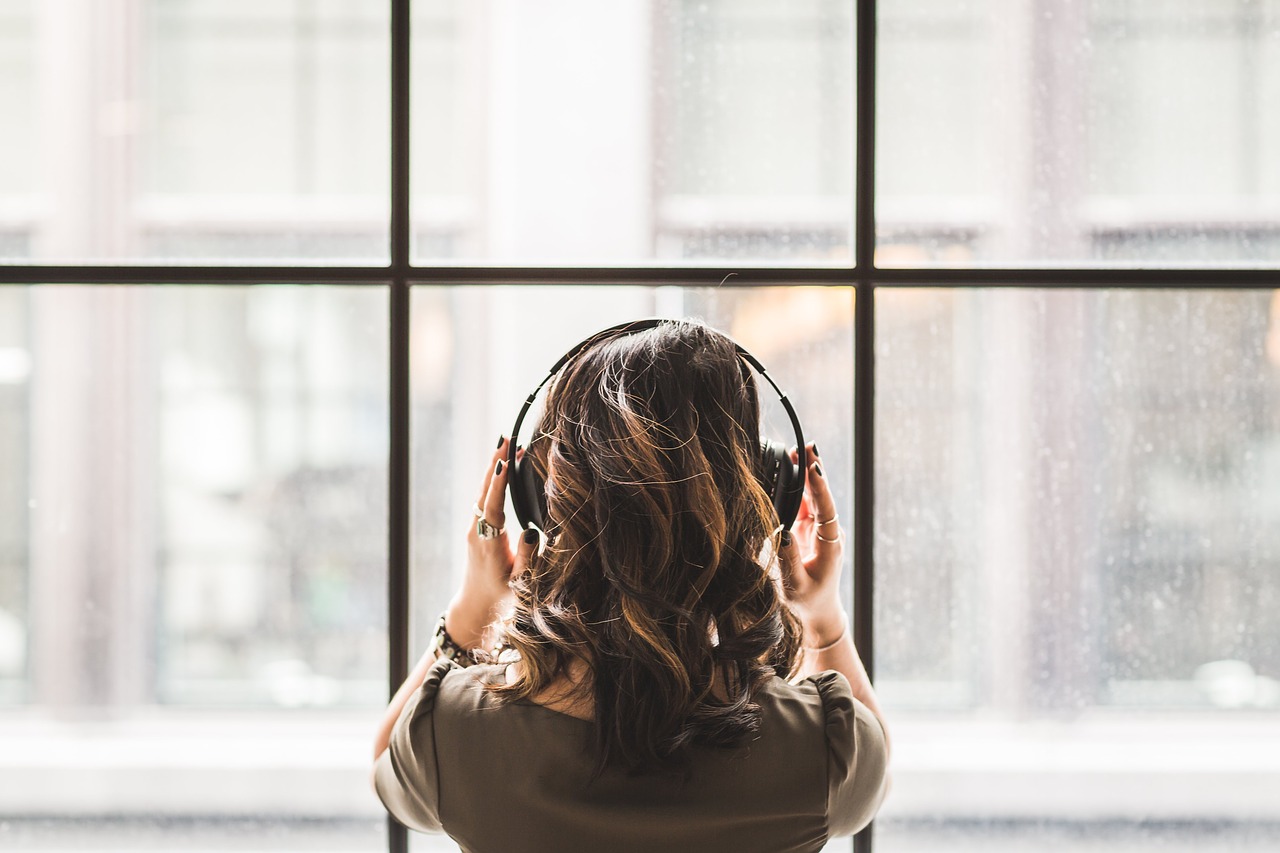
What are the benefits of binaural beats?
Bottom line, binaural beats therapy is meant to treat stress and anxiety, but it is also considered as an aid to help people improve on their concentration skills and their motivation too.
But let’s look at what people say they have experienced when using binaural beat therapy and how it benefits them:
- reduced anxiety
- reduced stress
- better focus
- better concentration spans
- increased confidence
- more motivation
- better and deeper meditation
- improved mood and psychomotor performance
Each person will have a different purpose for using binaural beats therapy. Some people want to try anything to get rid of tension and stress, while others want to try and improve on their concentration skills or deepen their levels of meditation.
Research shows that when people listen to binaural beats for a certain period of time, they are affected because of the levels of stimulation change. Researchers believe that these changes happen because the binaural beats activate certain parts of the brain.
Want to get started?
Are you anxious to reap the benefits? You will need about 1530 minutes of your time to listen over a period of around 30-45 days. It is also recommended that once you have completed this therapy; that you continue to use it on a regular basis as a maintenance routine program, along with your medication and yoga.
Does research support binaural beats therapy?
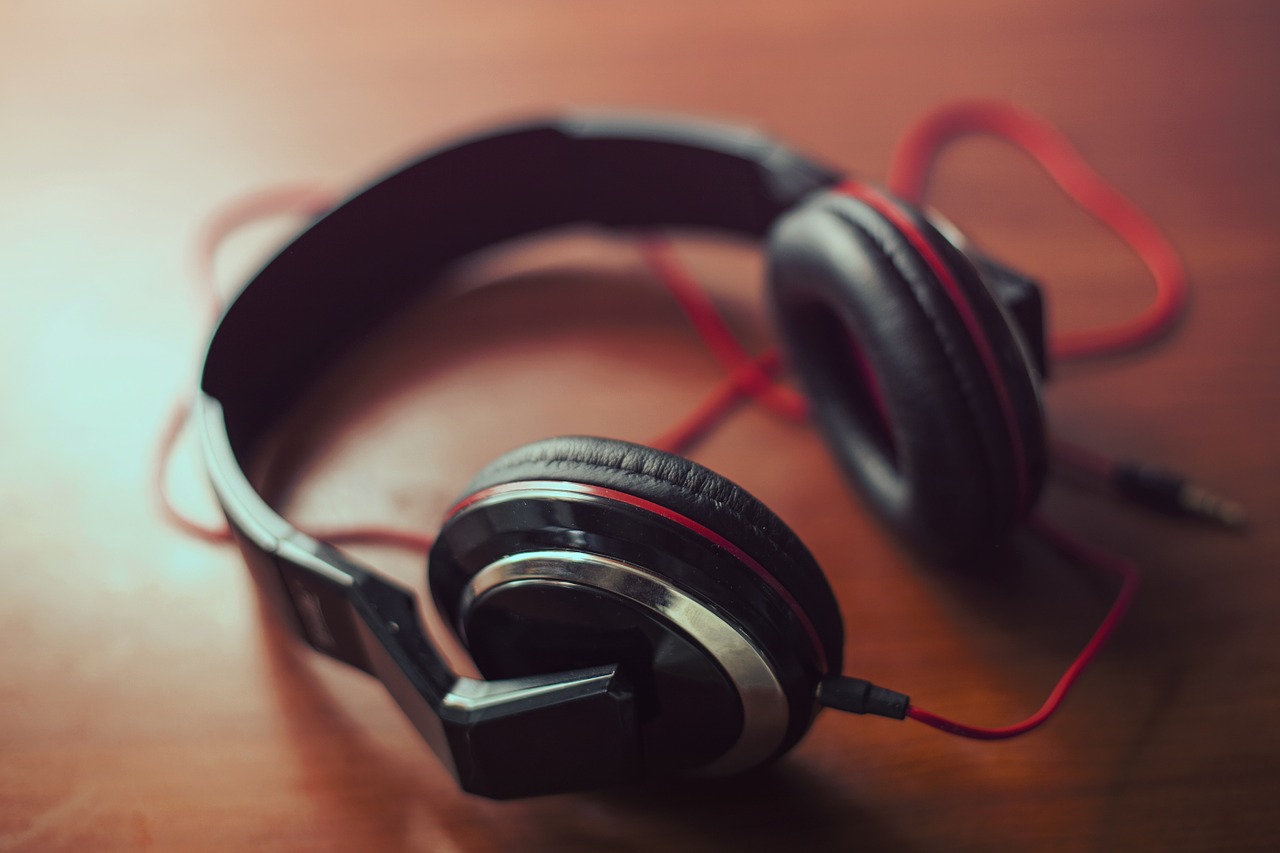
Studies show that binaural beats therapy can reduce anxiety as we showed above, in the benefits list.
There was a small study concluded where 19 participants were involved, conducted by a certain Dr. Vincent Giampapa,
These research studies found that by using binaural beats therapy in three of the brain patterns, i.e. alpha, theta, and delta patterns displayed positive effects on the human body, namely an improvement in the production of hormones such as DHEA, cortisol, and melatonin.
It was noted that 68% of the participants had increased levels of DHEA when they used binaural beats therapy. Dr. Giampapa also noticed there was a reduction of cortisol by as much as 70-80% in the participants.
Other research studies showed an increase of melatonin by as much as 97.77%.
The National College of Natural Medicine, Oregon, also did some research on participations who listened to the delta wave binaural beat therapy each day for 60 days.
Afterward, the participants showed decreased levels of anxiety, decreased levels of insulin-type growth factors as well as dopamine. The researchers concluded that when all was said and done, that the end result was that binaural beats might be good for anxiety, but that further research was necessary.
The phenomenon of binaural beats was thoroughly tested after much research in 1973 by the biophysicist, Gerald Oster, at the Mount Sinai Hospital in New York City.
His research has been published in the Scientific American and has paved the way for more development in the areas of auditory stimulation in order to enhance brain functioning.
His publication is called ‘Auditory Beats in the Brain’.
Conclusion
Naturally, with any self-help types of methods and tools used to improve lifestyle and health, one would need to check with your doctor to find out if binaural beats therapy is right for you.
Those people who suffer from epilepsy or have irregular heartbeats, particularly those who use a pacemaker; might run into some trouble.
Some labels on some of the binaural beat therapy products will warn people against operating difficult and complex machinery while listening to binaural sounds.
It makes sense because any relaxation therapy is contra-compatible with complex and ‘active’ machinery. There is a kind of science behind binaural beats therapy, but still, it is still considered as pseudo-science at the moment.
The phenomenon of brainwaves entrainment and binaural beats today is that it induces the same mental state that you experience with traditional meditation practices – it’s just quicker.
People say the best way to limit negative thoughts and to reduce anxiety and stress is with meditation, that regular meditation reduces stress; it stimulates new brain cell formations and slows down the rate at which brain cells age.
However, quieting the mind is not easy; it can take years to master it.
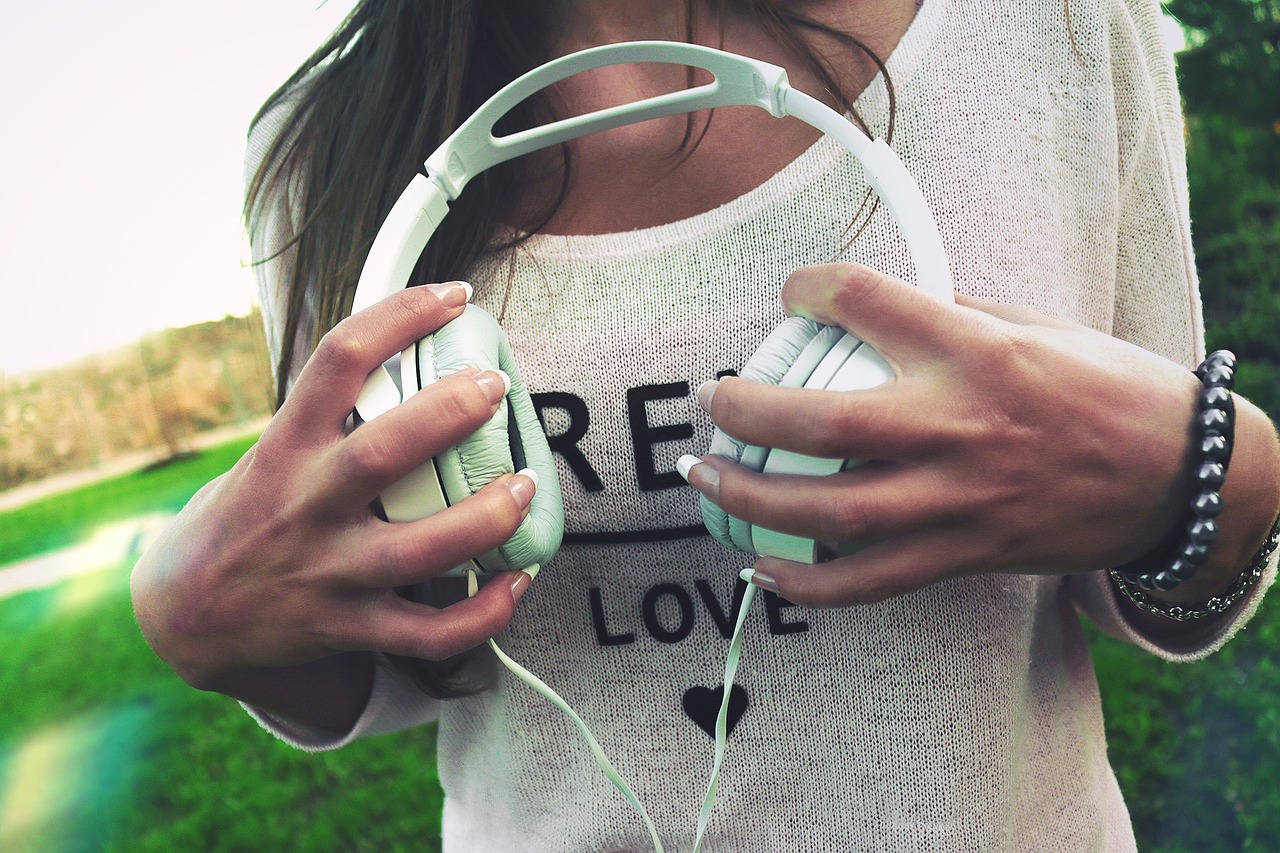
The past 50 years has brought about many technologies that have been specifically developed to induce the same state in the brainwaves as that of medication. It has arrived in the form of binaural beats.
It is believed that through continued brain entrainment, with the focus being on compassion and love; that we can produce more gamma brainwaves – those which the Tibetan Buddhist Monks produce in abundance.
The best part about using binaural beats is that it helps you just relax, letting the beats do the work for you. You don’t need all the knowledge of how it all works before you can get the effects.
All you need are the stereo headphones, to download the beats, and off you go – it gets you into the amazing and fascinating world of your mind!
Next time you want to start your day feeling motivated, reach out for your binaural beats download – forget about the cup of coffee – with binaural beats, you are on the cutting edge of brain improvement!
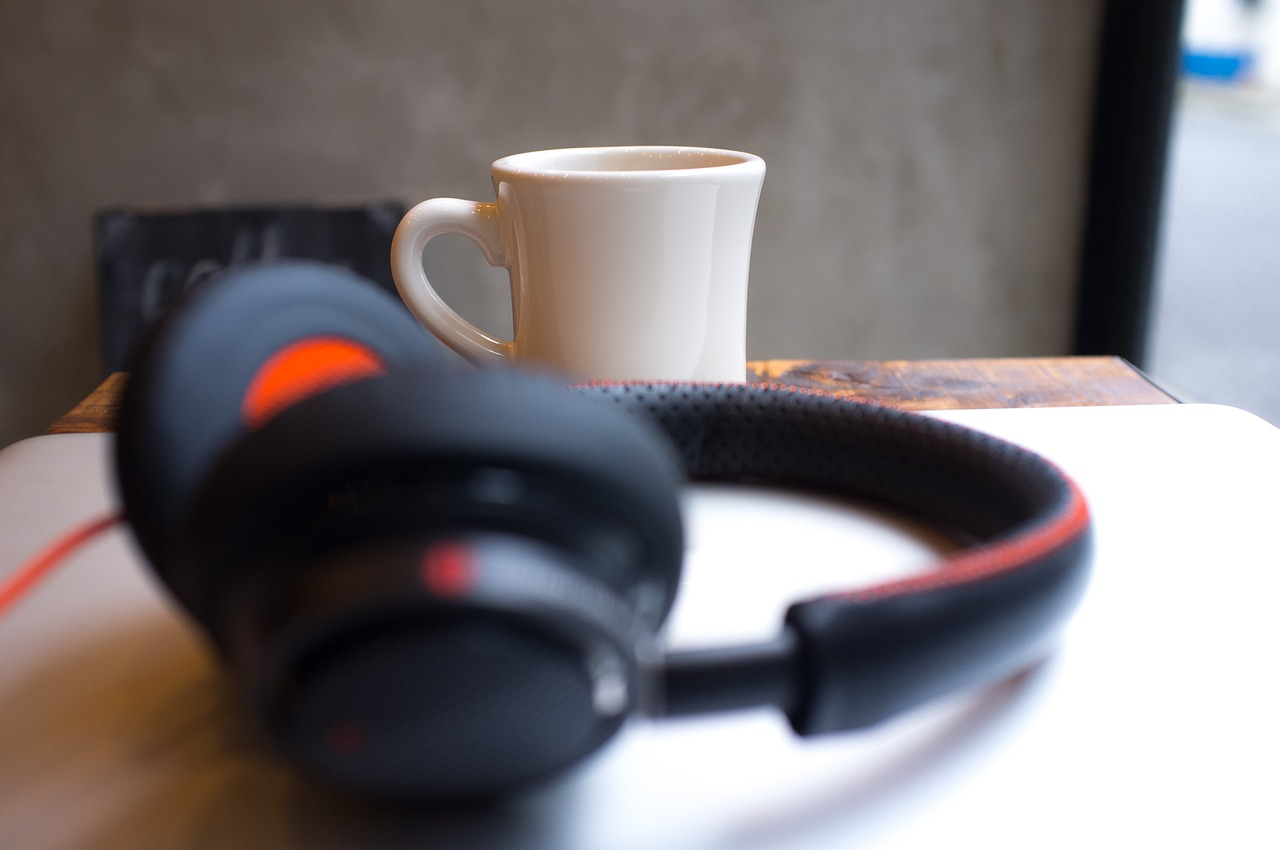
Further reading: how can binaural beats help you sleep better
A couple of weeks ago, we talked about the relationship between music and studying, and whether music is an effective study aid, or if it’s just a distraction.
And if you’re like me, music is probably pretty effective for you, but some days, the music just doesn’t help.
And nothing helps, and you find yourself just completely unable to focus, and maybe during those moments you’ve wished, there was something you could plug into your brain that would force you to do work, like mind control music.
Well, if books and movies and comic books are any indications, it’s probably a good thing this stuff doesn’t exist.
For example, if you remember, in the fifth Harry Potter book, there’s a music box that opens up and basically hypnotizes everyone and makes them all sluggish and drowsy, or in Issue 46 of the Teen Titans, there’s a villain called the Fiddler that can play music which makes the Titans try to kill each other.
So, yeah, I’m pretty happy this stuff doesn’t exist. Mind control music aside, though, what about music that can simply cause a cognitive change and be intentionally designed to do so.
We know that music does affect your brain in certain ways, so could you design music for a specific intended effect?
Well, if you ask certain people, the answer is going to be yes. And if you put brain music as a search term here into YouTube, you’re gonna get tons of videos promising all sorts of benefits like increased focus, or better sleep, meditation music, all kinds of stuff.
Now, there are a lot of techniques that people use to create this kind of music, and if you know anything about this topic, you’ve probably heard of one of them which is binaural beats, which I’m gonna use as the example here to explain this stuff. So a binaural beat is an illusion, actually.
It’s just two different tones at two different pitches played in each ear, and if you were to put one earphone up while one was playing, you would just perceive a steady tone.
If you put the other earphone to your other ear, you would hear a tone at a different pitch. But when you listen to them both at the same time, your brain creates an illusion of a beat oscillating back and forth between each side of your head, and usually, this oscillation is really, really fast.
So what does this have to do with creating music that can help your brain focus better or achieve some other desired benefit? Well, this has to do with the fact that a lot of neural activity is rhythmic, and this activity is called neural oscillation, or in more popular terms, brain waves.
Back in 1924, a German psychiatrist named Hans Berger invented a device called an electroencephalogram, or EEG device, which enabled the measurement of human brain waves.
And it was discovered that certain frequency ranges of these waves are associated with different types of cognitive activity. For instance, super slow delta waves are measured during the deepest phases of sleep, whereas higher frequency beta and gamma waves are associated with wakefulness and mental attentiveness.
Once that was known, it wasn’t too long before the idea of influencing these brain waves using external stimuli came up, and in 1934, an English research named Edgar Adrian demonstrated how using photic simulation, simply flashing a bunch of lights in front of somebody at a very specific frequency, could be used to drive the brain’s alpha waves below or above its natural frequency band.
What was happening was that the frequency of the external stimulus was causing the brain waves to move toward a similar frequency; they’re syncing up, basically.
Building off of that, in 1949, a researcher named William Grey Walter published a study showing that this photic stimulation could also cause mental and emotional changes.
Now in addition to photic stimulation, or is it phOtic stimulation? I didn’t really check. Audio has also been studied as a form of external stimuli that can cause changes in brain activity.
With regard to those binaural beats I was talking about earlier, these are only one form of auditory stimulation that’s been studied, but they seem to be the most commonly known. And the idea is about the same as with Adrian’s experiments: design the beat to oscillate at a certain frequency, and hopefully gain a desired cognitive effect.
This is often known as auditory driving. So the million dollar question is, does this auditory driving actually work?
Can you put your earphones in, turn on a binaural beats track or something similar, and then focus more effectively?
Well, from the research I’ve been doing for the past couple of weeks, I have to say that scientifically, it seems like we don’t really know at this point.
I found several studies using binaural beats or other techniques that did seem to have positive results, but then I found a lot of other studies that seem to have no results at all, and in the blog post for this video I’m gonna dump a lot of that research in case you’re really curious and you want to dig in.
Now one thing that we do know from those EEG measurements, E-E-G, it’s hard to say fast, is that audio and other external stimuli can cause changes in the brain. The question is, can you design that audio to cause specific beneficial changes, and right now that’s unclear.
So from there we get into the anecdotal territory, and a lot of people do report that this brain-enhancing music does help them study better, and then some don’t.
And for the people who do, we always have to consider that at least part of the effect may be due to the placebo effect.
Basically, people being told that this is going to help you, and then they see a change because they’re expecting it.
So with that in mind, here is my personal experience with brain music. Back in college, I discovered binaural beats because I was basically looking for anything that would help me study better, and they didn’t work at all. And the main reason for that is they just don’t sound good to me.
I can hear that pulsing back and forth, and it’s honestly annoying, and I think any benefit that I would have derived from that has been overridden by the fact that I was listening to something I would rather not listen to.
So I ditched it, went back to my normal study music, and that was the rest of college. Near the end of last year though, my interest was renewed in this topic when I was scrolling through some website, I can’t remember which one it was, but I found a new tool called Brain.fm, which creates algorithmically generated music that’s designed to help you focus.
And being curious, I tried it out, and I actually found myself focusing better, but moreover, I didn’t find myself annoyed with the music is generated.
After I tried it out, I talked with a couple of the cofounders ’cause I was really curious about the technology behind what they were building, and it turns out that it does build off of some of those older techniques I talked about earlier in the video, but they’re also doing a lot of new things.
And one of the main differences is that the oscillations they build into their music use more natural sounding instruments, so it’s blended into the music a little bit better.
And because they’re doing so many new things, there hasn’t been time to do a whole lot of research around what they’re building, though there have been a couple of preliminary studies at Northwestern University doing like go-no go tests, visual reaction time tests that do have some pretty good early results.
So with all of that being said, at this point I can’t say whether or not it’s going to be effective on a large scale, and I’m not sure if I ever will be able to, because this is weird neuroscience territory we’re stepping into, but I have been using it myself for about two months and it’s still effective, and it’s actually generally more effective than normal study music for helping me focus.
So I usually use it when I’m writing, and in a few months, I’m probably going to do a full review on the channel after I’ve tested it really long term and know for sure that the placebo effect has been kind of pushed off the table. In the meantime, if you want to try it out for yourself, they sent me a link that you can use to get a longer than normal trial, and I’ll have that linked up in the blog post for this video, and to be clear,
I don’t have an affiliation with them other than having talked with the founders, but I am cautiously optimistic about what they’re building and, after long term testing, if it works out, I would be happy to recommend it to people in the future.
I’m also going to link to a lot of those other binaural beats and isochronic tones and brain enhancing music that I found here on YouTube in the blog post, so if you want to try those things out I’d be curious to hear from you guys, does this stuff work better for you than your favorite study music?
If you tend to study with silence, does it work better than that, or does it not work for you at all? I’ll have a discussion thread in the College Info Geek community where you can put your thoughts and other than that, thank you so much for watching.
I will see you guys next week. (techno music) Hey there guys, thank you so much for watching this video. Now if you want to get new tips on being a more effective student every single week, you can click that big red Subscribe button right there, and I also wrote a free book on earning better grades. If you want to get a copy, you can click the picture of the book and I will send you.
If you want to get those music links, and also links to a lot of the research I did for this episode, which is a lot, then you can click the orange logo right there to go to the blog post, and if you missed last week’s video, we talked about what to do when you have a group project and you have a lazy member who’s not pulling their weight.
Check it out if you missed it. If you want to connect, I’m @TomFrankly on both Instagram and Twitter.
